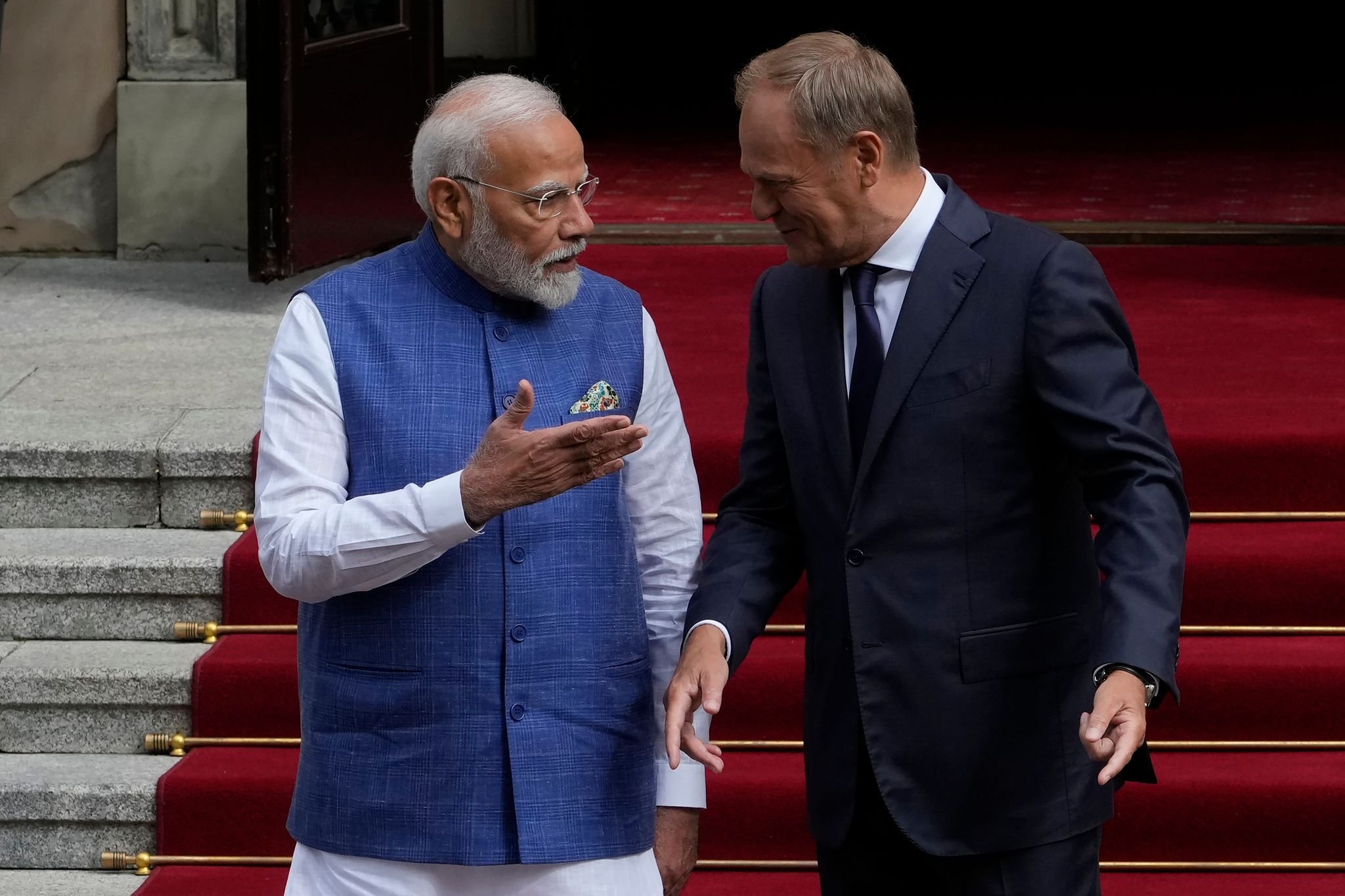Elections have been held in India and estimates predict a clear victory for the ruling BJP. However, only less than half of the population went to the polls. At the same time, the class struggle has become increasingly intense in recent years.
Polling stations across India were closed on Saturday. According to survey estimates, current Prime Minister Narendra Modi is expected to be re-elected. the party Bharatiya Janata Party (BJP) it has therefore won 239 of the total 543 seats in parliament. This meant that Modi's Hindu nationalist party lost its absolute majority for the first time in ten years, but with its coalition partners, it gained a parliamentary majority with 291 seats.
As many as 970 million people are allowed to vote in the country of 1.4 billion people choose. With real voter participation of 66.3 percent, this means 642 million votes were cast. Although this number of voters is a world record, this number is only 46 percent of the population living in India.
BJP and Hindu Fascism
BJP, which since its inception as national-conservative has been openly fascist since Narendra Modi came to power in 2014.
The core of the BJP's ideology is “Hindutvaor also called Hindu fascism. This ideology aims to “restore” India as a unified Hindu nation. This is in line with discrimination against minority religious groups. Muslims are the party most affected. In addition, the BJP government launched a tough fight against the Indian working class. This can be seen in examples such as the fascist show trial in 2018.
Fascist show trials in India
Despite the repressive environment, the revolutionary movement in India was strong and active. This is also reflected in strength Communist Party of India (Maoist) short CPI (Maoist). The group was founded in 2004 and has been waging a so-called “people's war” ever since. The aim was to wage armed guerrilla warfare against the state and its institutions over a longer period of time and to establish a new society in the “liberated zone”. This strategy also showed success – that is what the Maoist movement in India is called today greatest danger considered for the country.
Additionally, large-scale strikes and protest movements have occurred frequently in the country in recent years and months, the most recent of which occurred in February in New Delhi during the farmers' protests, which saw at least one person killed by police.
Deadly farmer protests in India
What to expect now?
First we have to wait for the official election results. However, because the actual turnout was 46 percent, parliament can only be viewed in a limited way as an actual representation of the mood.
Despite everything, the general situation shows that the class struggle in India is also getting stronger and challenging the Modi regime.
200 million people took part in the general strike in India

“Subtly charming web junkie. Unapologetic bacon lover. Introvert. Typical foodaholic. Twitter specialist. Professional travel fanatic.”







